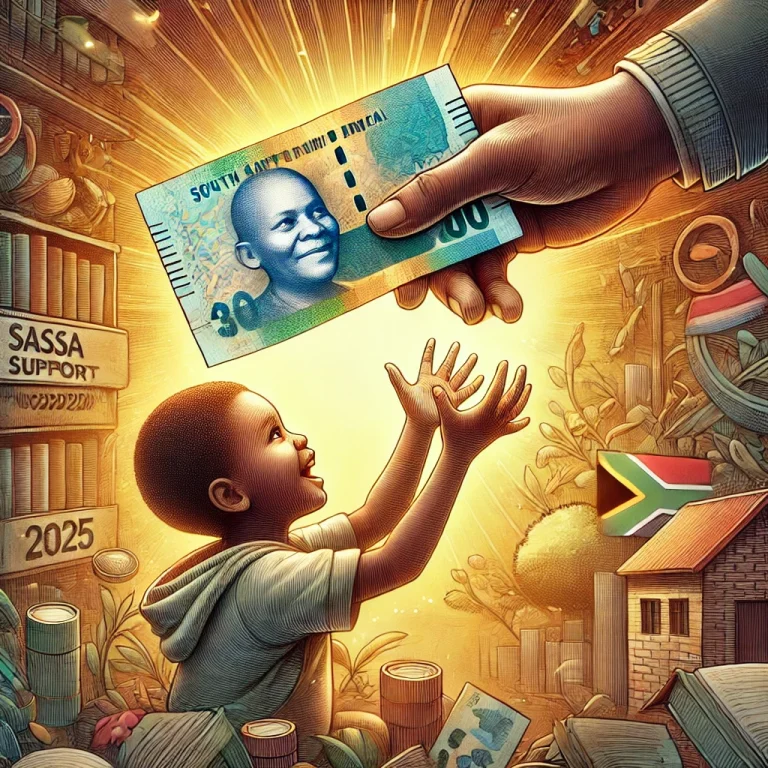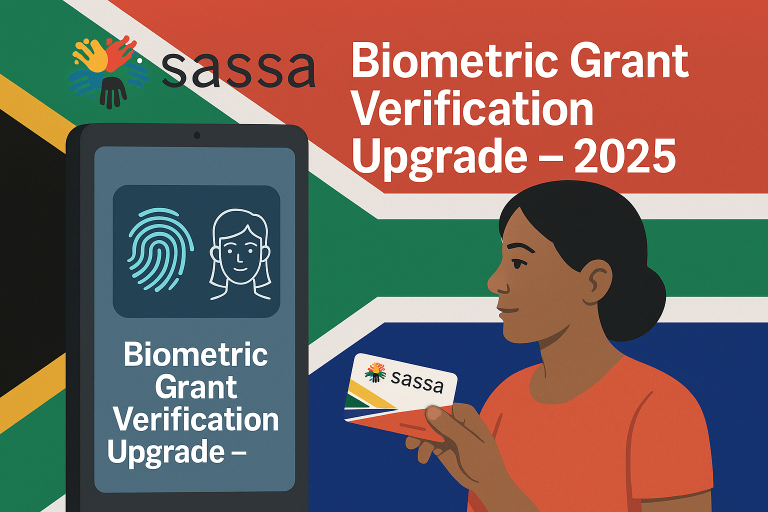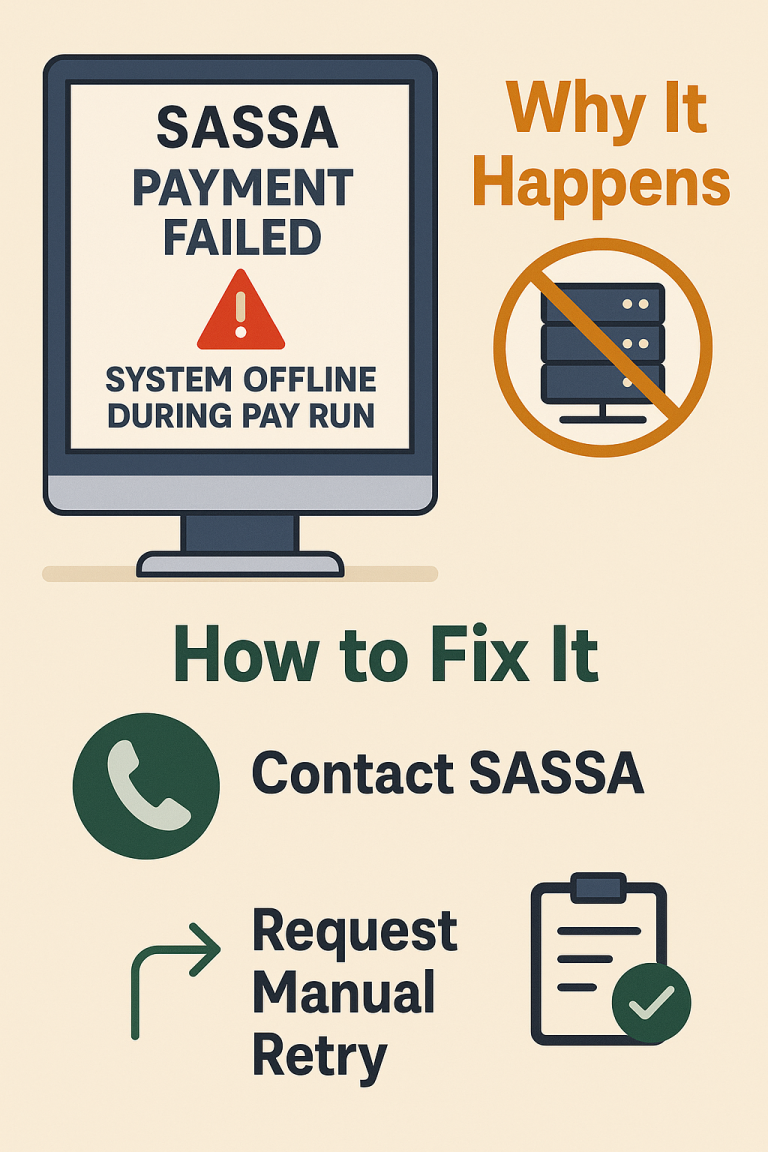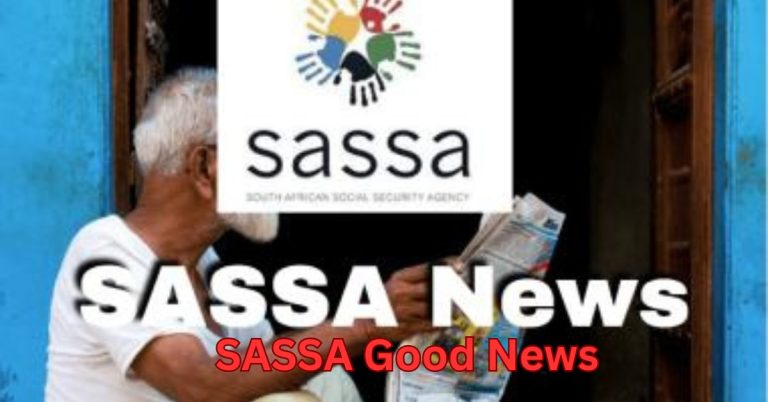How Inflation Is Reducing the Real Value of SASSA Grants
Every year, South Africans feel the pinch of rising food, electricity, and transport costs. For the millions who rely on SASSA grants, these increases are devastating. Even when the nominal value of grants goes up, inflation quietly reduces what that money can actually buy.
This article breaks down how inflation impacts SASSA beneficiaries, why grant increases often don’t keep up, and what families can do to stretch their money further.
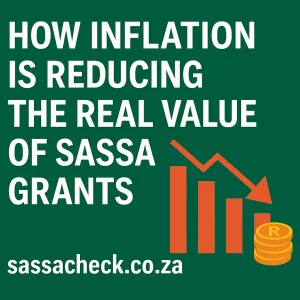
What Is Inflation and Why Does It Matter?
Inflation is the rate at which the prices of goods and services rise. If inflation is 6% but your grant only increases by 2%, you’re effectively poorer than before, because your grant buys less.
For example:
- In 2022, a loaf of bread cost R12.
- In 2025, the same bread costs R18.
If your grant went up by only R20 in that period, most of it disappears into food price increases alone.
Recent SASSA Grant Increases vs. Inflation
In April 2025, the Child Support Grant rose by only R10. At the same time, food inflation hovered around 7%. For families dependent on grants, this means they can afford fewer essentials like maize, rice, or cooking oil.
Why Grant Adjustments Lag Behind Prices
Several reasons explain why grants don’t keep up with inflation:
- Budget constraints: Treasury limits increases to control government spending.
- High unemployment: With millions dependent on grants, raising them significantly would strain public finances.
- Political trade-offs: Government often balances grants against other priorities like infrastructure or debt repayment.
Real-Life Impact on Families
For a family receiving two Child Support Grants (R530 each), inflation on school transport, electricity, and food means the grants cover less than before. Parents often borrow from loan sharks or reduce meals to make ends meet.
How Beneficiaries Can Cope
While inflation is beyond the control of households, small strategies can help:
- Budget carefully: Track all spending to cut waste.
- Bulk buying: Purchasing large quantities of staples when prices are lower.
- Use stokvels or savings groups: Pooling money with trusted members can protect against price spikes.
- Access feeding schemes: Many schools and NGOs provide meals that ease food budgets.
The Policy Debate
Civil society groups argue that grants should be linked directly to the food poverty line, ensuring that no household falls below a minimum survival standard. Others propose automatic inflation-linked increases each year, like pensions.
FAQ
Why don’t SASSA grants always increase with inflation?
Because the government balances limited budgets across different priorities. Inflation-linked increases would require much more funding.
What is the food poverty line in South Africa?
It’s the minimum cost of food needed for basic survival, currently around R800 per person per month (2025 figures). Most grants fall below this amount.
Are there organisations pushing for higher grant increases?
Yes. Groups like Black Sash and the Social Policy Initiative regularly campaign for grant values to keep pace with inflation.
Can I challenge the amount of my grant legally?
No. The amount is set by government policy, not individual appeals. But advocacy and civic pressure can influence future increases.
Final Thoughts
Inflation eats away at the real value of SASSA grants, leaving households worse off even after “increases.” While budgeting strategies help, the deeper solution lies in policy reforms that tie grant amounts to the cost of living.
For now, beneficiaries need to be vigilant, budget smartly, and use community support systems to survive the squeeze.

